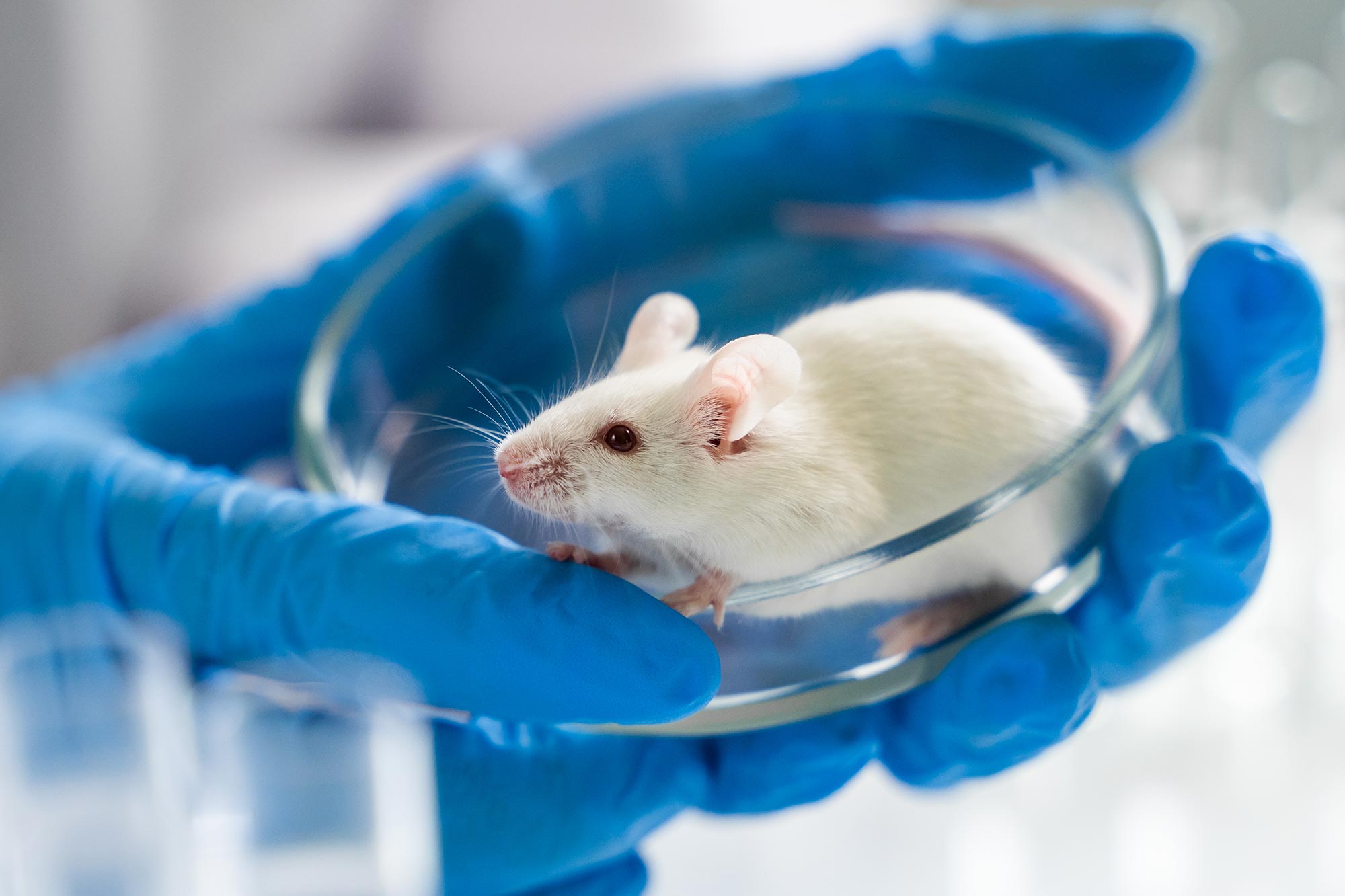Stanford Scientists Reverse Autism Symptoms in Mice Through Targeted Brain Treatment
A Breakthrough in Autism Research
Autism spectrum disorder (ASD) has long puzzled scientists and clinicians alike. While researchers have identified many genetic and environmental factors linked to the condition, the precise brain mechanisms behind autism remain difficult to pinpoint. Now, a groundbreaking study from Stanford Medicine has uncovered new evidence that could reshape how we understand—and possibly treat—autism.
In a carefully designed experiment, researchers identified a small but powerful brain region known as the reticular thalamic nucleus as a critical player in autism-related behaviors. By dialing down its activity with targeted drugs, they were able to reverse autism-like symptoms in mice, restoring normal behavior.

The Brain’s Gatekeeper
The reticular thalamic nucleus serves as a sort of neurological “gatekeeper,” regulating how sensory information moves between the thalamus and the cortex. In healthy brains, it helps balance incoming stimuli, filtering noise and ensuring that the body responds appropriately.
In mice genetically engineered to mimic autism, however, this gatekeeper was firing too often—not just during sensory stimulation, but even spontaneously. The result was a cascade of disruptions, including seizures, sensory hypersensitivity, repetitive movements, and social withdrawal.
By reducing this excessive firing with experimental brain-targeting drugs, researchers saw a remarkable effect: the animals’ autism-like behaviors diminished, and in many cases, disappeared altogether.
Restoring Balance with Neuromodulation
The Stanford team pushed the investigation further by applying neuromodulation techniques. Using so-called “designer drugs,” they could turn neurons in the reticular thalamic nucleus on or off.
When they silenced overactive neurons, the mice regained normal behaviors—showing more sociability, fewer repetitive actions, and improved tolerance to sensory input. In contrast, when scientists artificially boosted activity in the same brain region of healthy mice, the animals began displaying autism-like symptoms.
This provided striking confirmation: the activity level of this brain region alone was enough to shape autism-related behaviors.
The Epilepsy Connection
One of the study’s most surprising insights is the overlap between autism and epilepsy. The very drugs that calmed the reticular thalamic nucleus in the autism-model mice are already under investigation for epilepsy treatment.
This is not a coincidence. Roughly 30% of people with autism also experience epilepsy, compared to just 1% in the general population. Both conditions may share underlying neural mechanisms, and this new research provides evidence that calming hyperactive circuits could benefit individuals affected by both.
What This Means for Autism Treatment
While these findings are limited to animal studies, they open an exciting new avenue for future therapies. If certain forms of autism are driven by overactive brain circuits, then targeted treatments—whether through medication or neuromodulation—could one day help manage or even reverse some symptoms.
The implications are profound. Autism is a spectrum, meaning no two individuals experience it in the same way. But for subgroups of patients whose symptoms are linked to brain hyperactivity, this research suggests that relief could be possible.
Still, scientists urge caution. Translating results from mice to humans is a complex process, and many experimental therapies that look promising in animals do not always succeed in clinical trials. More research is needed to confirm whether these findings apply to people and, if so, which patients might benefit most.
A Step Toward Understanding
Despite the unanswered questions, the Stanford study is an important step in unraveling the mysteries of autism. By pinpointing a specific brain circuit and demonstrating that its activity directly influences autism-related behaviors, researchers have provided a rare glimpse into the biological roots of the disorder.
For families living with autism, the news offers hope—hope that one day, science may move beyond symptom management to more direct and effective treatments.
As the lead researchers noted, understanding how the brain processes sensory information could be key not just for autism, but for a range of neurological conditions that affect millions worldwide.
Source: Science Advances – “Reticular thalamic hyperexcitability drives autism spectrum disorder behaviors in the Cntnap2 model of autism.” Published August 20, 2025.